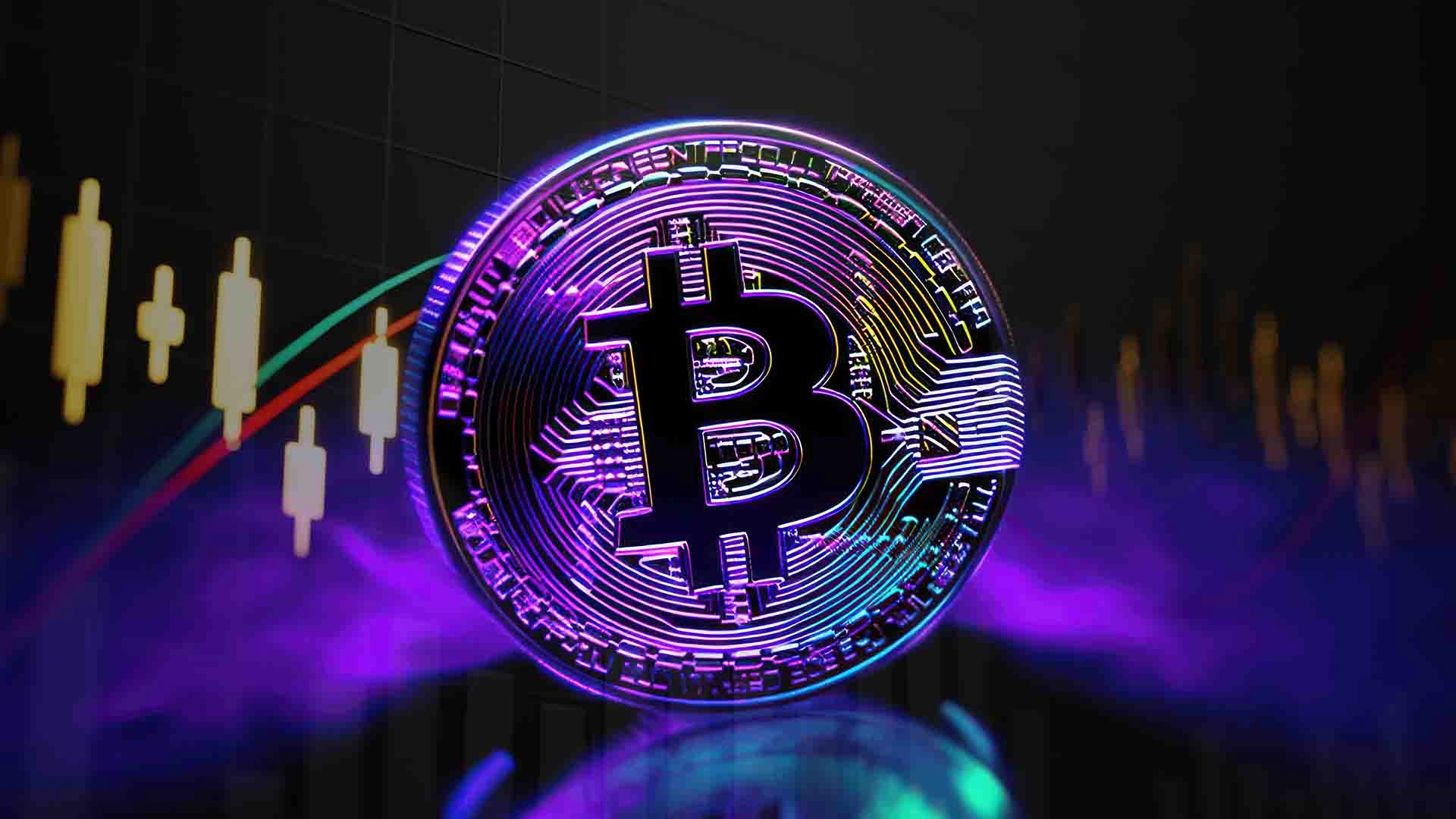So, you’ve just joined a Telegram crypto group. Someone’s pitching a “can’t-miss” project promising sky-high returns—and maybe even a legal loophole you’re supposed to exploit. Sound familiar? Fake project detection on Telegram isn’t just about spotting scams anymore; it’s also about understanding the legal risks that could land you in hot water.
Why Regulatory Awareness Is a Key Part of Fake Project Detection
Many Telegram projects operate in gray areas, ignoring securities laws or anti-money laundering (AML) requirements. If a project isn’t upfront about its legal status, that’s your first warning sign. Regulators worldwide are cracking down, and unregulated projects can disappear overnight—taking your funds with them.
Check if the project discloses its registration details, jurisdiction, or compliance measures. No info? That’s a legal red flag.


Fake Project Detection: Watch for Legal Smoke and Mirrors
Scam projects often hype limited offers, “risk-free” investments, or guaranteed profits, but regulators have clear rules about making financial promises. If the language sounds like a sales pitch designed to dodge regulations—think vague disclaimers or unusual terms—that’s suspicious.
Look closely at their documentation. Is the “whitepaper” just marketing fluff with no legal disclaimers? Does it mention how investor protection works? If you don’t see disclosures required by law, you’re likely dealing with a project ignoring compliance.
Plus, are their team members anonymous or unverifiable? Legit projects usually make their legal representatives or advisors known. When that info is missing or inconsistent, beware.


Trace the Legal Paper Trail—Because It’s Not Just About Tech
Beyond technical details like GitHub repos, real projects should provide transparency on their legal structure. Have they filed anything with regulatory bodies? Are there verifiable partnerships with licensed entities?
Check for public records, business registrations, or any indication they adhere to Know Your Customer (KYC) and AML protocols. Telegram groups often lack such oversight, so it’s on you to dig deep.

Also, beware of contracts without verifiable blockchain activity or locked liquidity pools—legal safeguards often tie into these technical features.
When the Urgency is a Warning: Regulatory Pressure and Scam Tactics
If a project pressures you to act fast—especially promising “early bird” benefits or exclusive deals—it might be exploiting your fear of missing out and regulatory ambiguity. Regulators want investors to have time to review disclosures, so rushing you is a major red flag.
Sometimes, dodging questions about legal compliance or disappearing from groups after raising these concerns signals deliberate evasion.

Final Thoughts: Fake Project Detection Includes Legal Vigilance
Fake project detection on Telegram isn’t just skepticism; it’s about protecting yourself from scams and potential legal consequences. Stay patient, ask about regulatory compliance, and verify claims independently.
Sure, navigating the legal maze in crypto can be tricky—maybe even overwhelming—but it’s crucial. Because in the end, understanding regulatory risks is just as important as spotting a scammer’s typical red flags.
So next time a “too-good-to-be-true” project slides into your DMs, pause, verify, and remember: fake project detection is your first line of defense—legally and financially.
Relevant news: here











